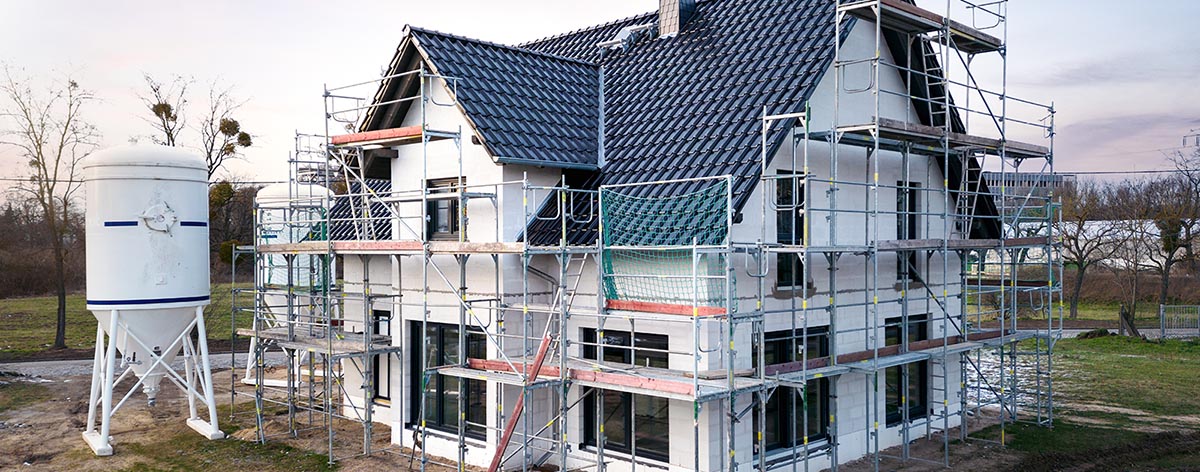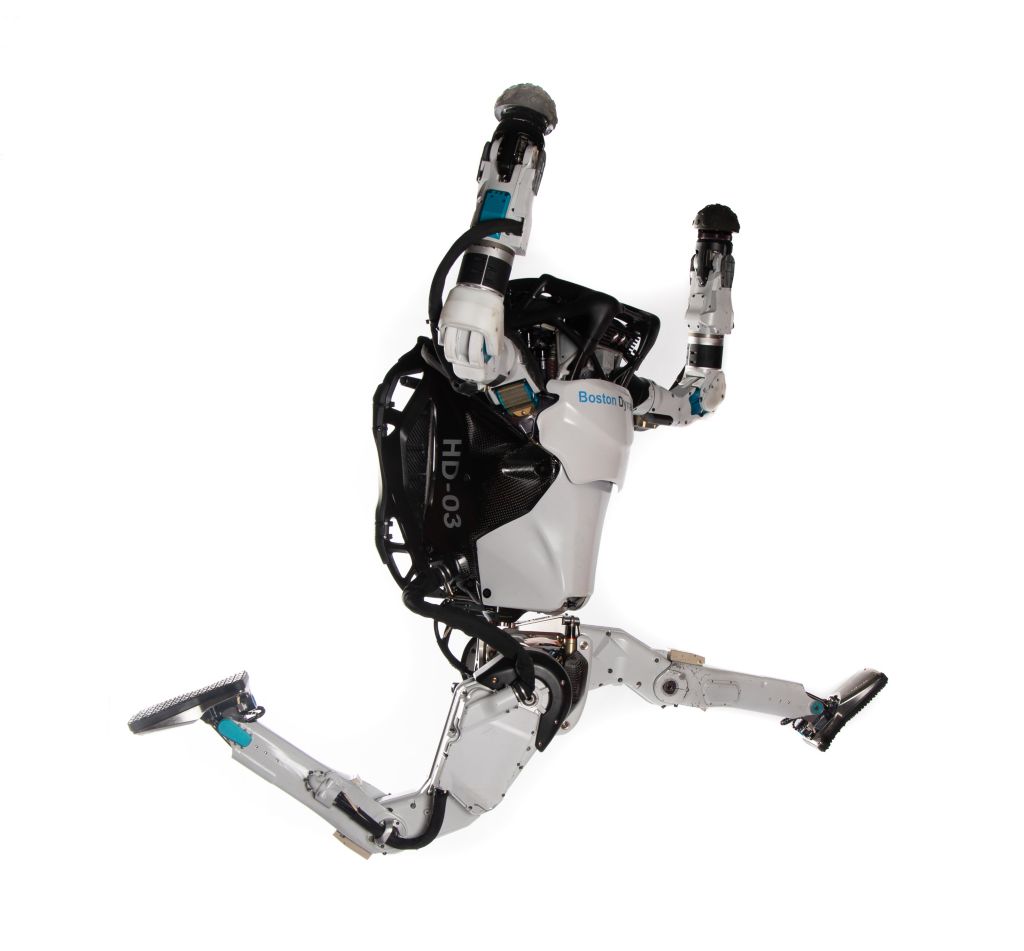Artificial intelligence opens up new opportunities in the energy transition: The ability to process large amounts of data, learn from patterns and make predictions offers a multitude of optimization opportunities in energy generation, its distribution and consumption. AI is thus becoming an important lever in the more efficient use of resources – and can help keep grape varieties like Grüner Veltliner in our latitudes.
Artificial intelligence opens up new opportunities in the energy transition: The ability to process large amounts of data, learn from patterns and make predictions offers a multitude of optimization opportunities in energy generation, its distribution and consumption. AI is thus becoming an important lever in the more efficient use of resources – and at the same time can help keep grape varieties like Grüner Veltliner in our latitudes.
Large amounts of data are no problem for artificial intelligence, and the automated processing of such data even less so. With multiple advantages, by using AI, resources can be controlled much better, as they can then be deployed in exactly the right place, where and when they are needed. This allows energy generation, its distribution and consumption to be optimized.
This is made possible by analyzing large volumes of data that are directly and indirectly related to energy consumption: These include, for example, weather forecasts as well as forecasts of tourist flows. More accurate weather forecasts also help to better predict environmental disasters and more accurately deploy agricultural resources.
In road construction, too, resources are deployed in a more targeted and efficient manner through the use of AI. In short, data is used as the basis for concrete, targeted actions. Through better control, resources can be used more efficiently or saved. In addition, any changes can be reacted to immediately – much faster than humans would be able to.

Precise planning in agriculture
Climate change is a major challenge for agriculture. An example from viticulture: temperatures are rising, and weather extremes are also increasing. For some grape varieties, this makes it too hot for commercially successful cultivation. However, this makes viticulture more complicated, so good wine quality is becoming increasingly difficult to plan.
Microsoft Austria therefore developed an AI model for smarter and more efficient viticulture: For winegrowers, the climatic changes mean more work to protect their vines from hail, droughts and late frosts. Artificial intelligence is now helping growers plan, deploy resources and better respond to changes in the vineyard as part of this. Advantage: The winegrowers are thus warned earlier or more precisely and have more time to initiate countermeasures – for example against frost damage.
In principle, more precise use of agricultural resources is possible with the help of artificial intelligence. Sensor data gives farmers a much more accurate view of the condition of their fields. Targeted irrigation and fertilization minimizes resource consumption while increasing crop yields. With the help of digital fleet management and optimized coordination of harvesting machines, transports are already being used more efficiently, thereby reducing energy consumption.
And it is not only in humans that AI can be used to detect diseases earlier: Smart technologies also detect behavioral abnormalities and changes in animals at an early stage, thus facilitating diagnosis. This leads to less suffering, as well as reduced and more efficient use of pharmaceuticals.
The important step towards demand-oriented energy supply
One of the biggest challenges in energy systems is again the management of energy demand. In other words, what energy demand will there be in order to then clarify the further questions: How and where will this energy be generated? And is there enough infrastructure to get this energy to the right place at the right time?

With artificial intelligence and smart data management, forecasting energy demand can be implemented much more concretely than before. Here, too, the evaluation of weather data plays a major role: Telecom provider Drei is working with weather expert Jörg Kachelmann’s Meteologix AG and the Viennese company Metrilog Data Systems on a trial project in Vorarlberg to develop weather forecast models.
Weather influences several parameters in the planning of energy demand: Thus, it is possible to better estimate when and how much solar, hydro and wind power will be produced. Similarly, weather affects such things as when populations will be out and about, how many tourists will be in a region, and how much energy and heat will be needed.
In addition to the energy industry, other sectors will benefit from more accurate weather forecasts, such as agriculture, winter services, local planning, tourism, the event industry and the insurance industry – to name just a few. After the test in Vorarlberg, Drei plans to roll out the weather service with a close-meshed network of more than a thousand measuring stations throughout Austria. That is more than three times as many as in the only nationwide monitoring network to date.
International cooperations
IBM, on the other hand, is taking an international approach. The company launched an international cooperation with NASA to research climate change. Smart data is being used to pull in large amounts of satellite data for AI models that will provide more accurate warnings for storms, floods, severe weather and other weather extremes.
The company is also working with ORIS, a building materials platform for the intelligent use of resources, on AI-supported planning and implementation for transport infrastructure such as road projects: With the help of AI, the planning of road or rail projects can be optimized and resource consumption reduced as a result.
Basis for AI: Digital infrastructure & competent handling
Artificial intelligence, the analysis of large amounts of data, and cross-disciplinary collaboration are essential levers for mastering the major challenges of the future. Several challenges are cited in the implementation of these projects: First, there is a need for the nationwide expansion of the digital infrastructure. On the other hand, it is about the competent handling of these new possibilities.
However, it is precisely what is still in its infancy – companies cannot cope with the flood of data, as IBM Austria General Director Marco Porak puts it. However, this requires training and further education opportunities – and also the involvement of young people, because they are the decision-makers of tomorrow who will work with these models.
For more examples, see the white paper “Future Opportunity AI & Smart Data Management” by CEOs FOR FUTURE. The non-profit association is committed to promoting and accelerating the sustainable transformation to a fossil-free, environmentally and resource-friendly economy and society. There are about 70 top managers and companies from various industries on board as supporters. Read more for more information on https://ceosforfuture.at.
Author: Anja Herberth
Chefredakteurin










